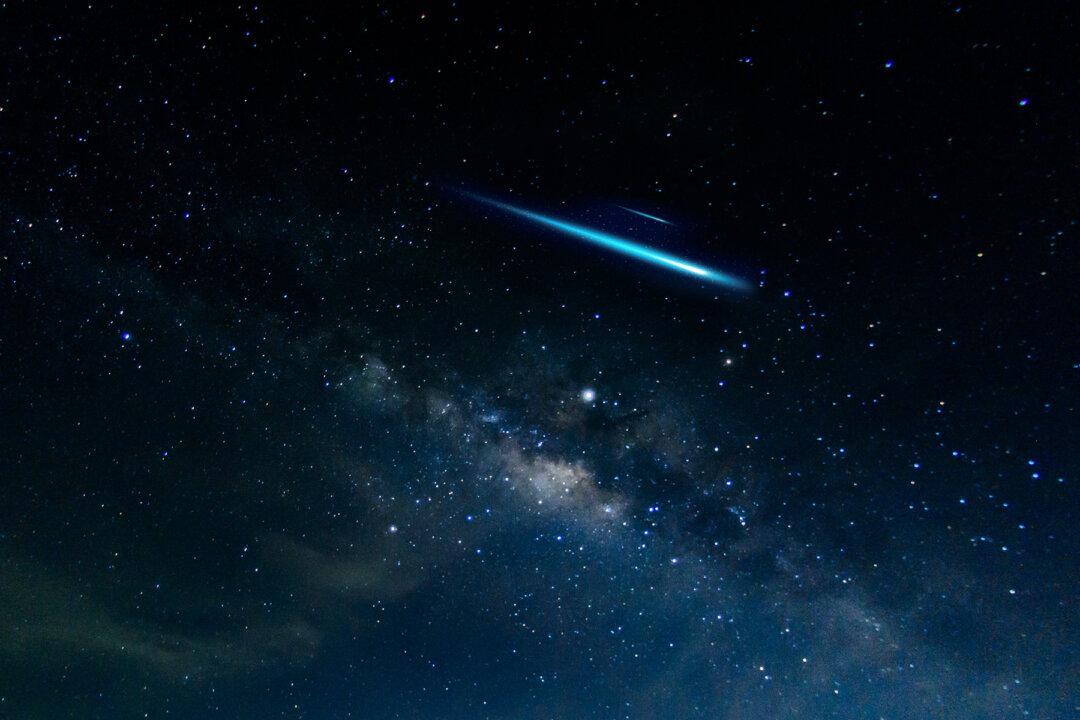The Lyrid meteor shower has rained down on the night skies every April for 2,700 years. Best viewed just before dawn, the shower is back for its latest show in late April 2020; here’s how skywatchers in both hemispheres can catch one of the most extraordinary cosmic spectacles of the year from the comfort of home.
In 2020, the concentration of shooting stars is expected to peak between the night of April 19 and the early morning of April 22, according to NASA meteor expert Bill Cooke, per Space.com. Peak viewing hours may see as many as 10 to 20 raining meteors every 60 minutes.





